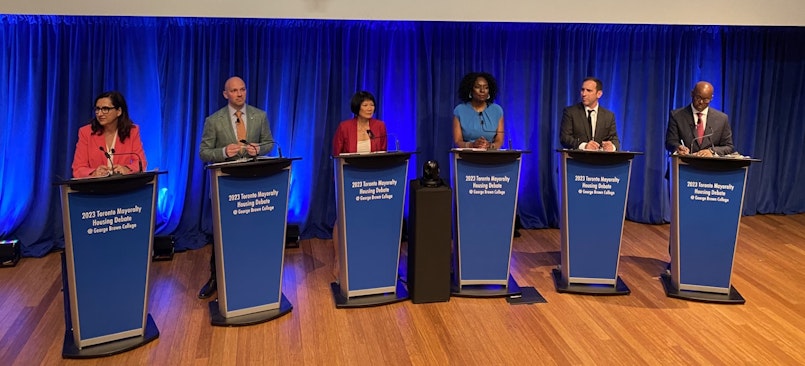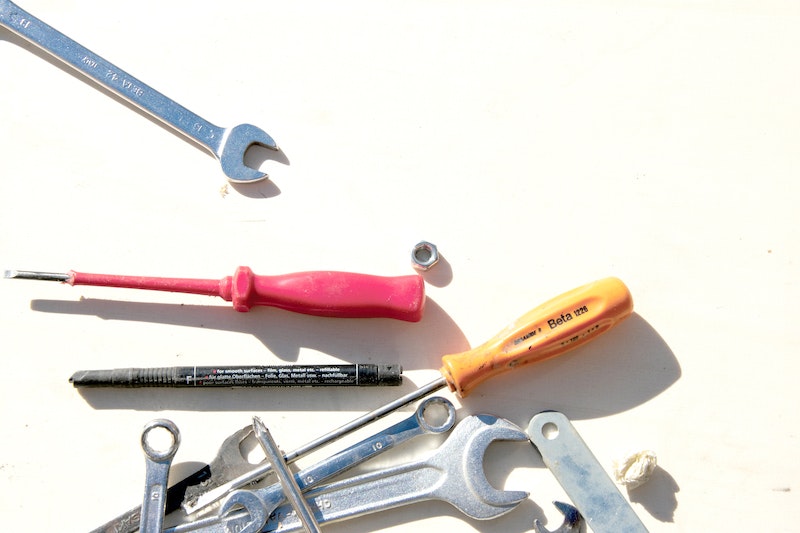One happy day the message will arrive: Your condo will be ready to move into on a specific date.
If you’ve put down a deposit on an Options for Homes condominium unit, you’ve probably already been told that our team will reach out to you with a move-in date once construction is almost finished. When that much-anticipated moment finally arrives, you’ll start getting ready for an in-between stage known as interim occupancy.
You can choose to live in your unit during the interim occupancy phase, or you can wait until after you close your sale. Either way, you’ll be responsible for paying interim occupancy fees, which we’ll explain below.
At Options for Homes we do everything we can to make this interim phase as brief as possible. But no matter what, it will likely last a number of months (or, in rare cases, more than a year). So, what do you need to know? Keep reading.
What’s happening during interim occupancy?
We’re putting finishing touches on the building, and local authorities are performing inspections and finalizing approvals. These are necessary for the new community to be registered as a condominium. We can only close sales — making you an official owner — after the registration process is complete.
What are interim occupancy fees?
Once the date arrives when your suite is ready to occupy, you begin to pay monthly interim occupancy fees to the company that developed your building. When it comes to Options for Homes communities, your fees are handled by the co-op that’s been set up to get your new community up and running.
Interim occupancy fees are similar to the cost of rent, and they’re your responsibility whether you choose to live in your unit during this period or not.
The fee is broken down into three parts:
- A fee for common services and elements — that’s pretty much the “condo fee” you’ll keep paying every month after closing;
- Typically the largest part, which is interest on the unpaid balance of the purchase price of your new home; and
- An estimate of realty and other municipal taxes.
In essence, the interest fee is “rent” that you pay to the co-op before you’re legally able to purchase your unit from them.
These payments don’t contribute toward your mortgage balance, and therefore don’t help you build equity. And they’re tied to interest rates. So if the Bank of Canada rate goes up, so (unfortunately) does your interim occupancy fee.
What you can’t do during interim occupancy
Let’s get the rest of the bad news of the way: During interim occupancy, you can’t make major changes to your unit. If you did, it could lead to regrets down the road if you had warranty issues or you ended up being unable to close on your sale.
What are major changes? Curtains would be all right. Changing your kitchen cabinets? Not so much. In general, it’s important to keep in mind that during the occupancy phase, the units are still legally owned by the cooperative and major modifications can void your Tarion warranty. So think of creative ways to give your new home a personal touch – such as using damage-free adhesive hooks to hang art – until closing. The Options Client Success Team can help guide you if you have specific questions.
What you can do during interim occupancy
Many buyers — and maybe it’s especially true for first-time buyers — are concerned about paying for closing costs. Interim occupancy can serve as a level-up time for your finances. Think of it as a final chance to put aside extra funds for additional peace of mind at closing.
Most importantly, interim occupancy gives you a jump start on getting to know your new home, your new neighbours and your new community.








